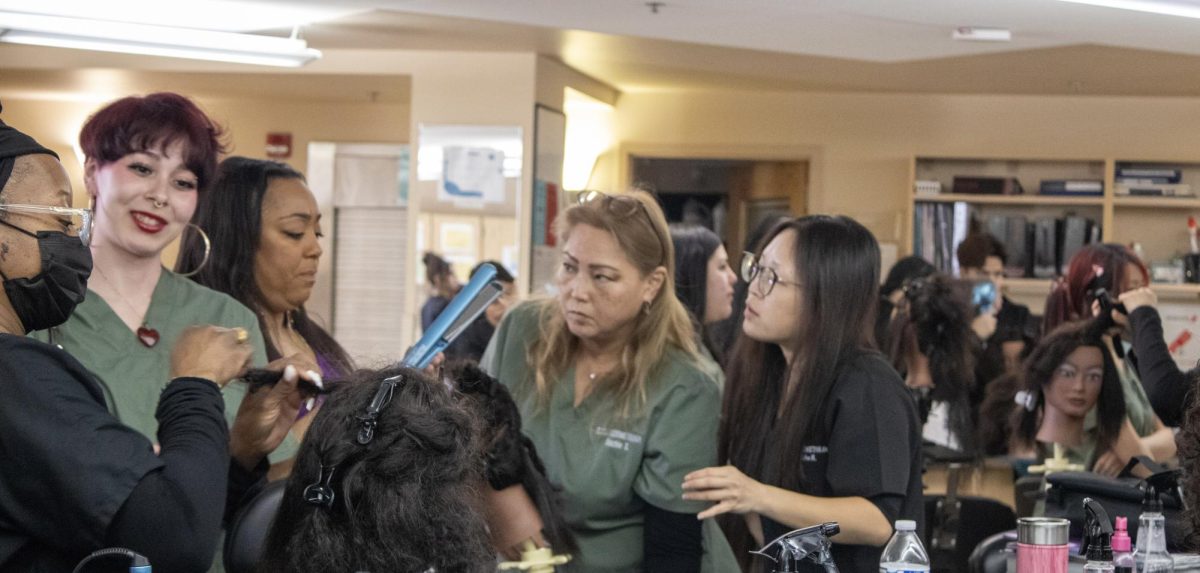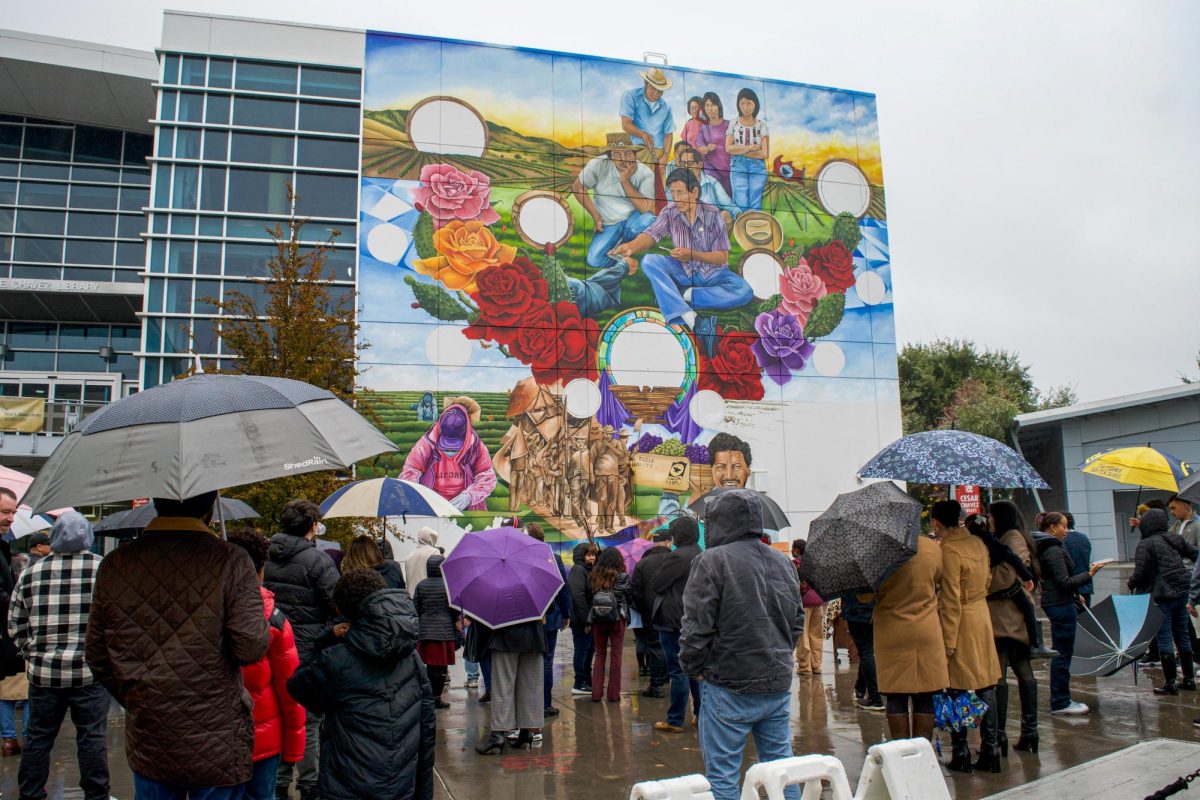The pandemic caused a lot of upheaval for students, and it also created some difficulties for instructors who had never taught online before.
San Jose City College Journalism professor Gail McElroy said she did not need to make changes to the class during the pandemic because she has been teaching Journalism 21 solely online for several years.
“I did not have to change the course content or delivery method when the campus switched to remote learning,” McElroy said. “I’ve been a proponent of online learning since I began teaching a decade ago. I like the flexibility it provides both for the students and me.”
McElroy teaches asynchronously, which means students do not have to be online at a specific time. Instead, they may work at their own time and pace as long as they meet deadlines.
“As an instructor, I see my job also to be that of a coach to students, encouraging them to succeed and providing timely, helpful feedback,” McElroy said. “During the pandemic, I have tried to be extra sensitive to students who may be feeling overwhelmed or anxious. I always suggest students complete work early in the week and not wait until the last minute.”
Professor Sanhita Datta has been teaching environmental science and biology classes at SJCC for many years.
“Before the pandemic, all of my classes were in-person because it is a science subject that is always accompanied by practical lessons,” Datta said. “In the beginning, I had a little bit of difficulty. Fortunately, I have some colleagues who have a lot of experience in online teaching. They have given me useful tips and shared how they plan their courses. That has helped me so much.”
Datta said she took summer bootcamp training for online teaching, and now she’s enrolled in a class, EDIT 22, to be certified for online education.
“I am learning a lot. This sudden change has created a lot of extra work. I work pretty much all the time, and sometimes I do not get enough sleep,” Datta said. “I am very open minded with my students. I tell them that I am new to this kind of teaching and ask them to be patient with me when I am falling behind. That has also helped on both sides.”
Datta referred to the lack of actual lab experience as a negative aspect of online teaching.
“I have learned things in this method that I like and will continue even when we go back to in-person classes. I may teach lectures like this. But I wouldn’t say I want to teach lab times this way,” Datta said. “I don’t think it is anywhere close to an actual lab experience. I may prefer to teach hybrid classes, and I do not see myself teaching completely online after the pandemic.
Professor Chau Nguyen, who teaches the Viet-01A class, said it is harder to teach online.
“I’m teaching Vietnamese; the topics are concentrated on Vietnamese family culture. Many of my students are not Vietnamese,” Nguyen said. “For this reason, when changing from an in-person class to an online class, it is harder to motivate students and less attractive to teach compared to an in-person class. Students who can keep up with classwork have good discipline and motivation. Last semester some of my students lost interest and dropped out.”
Nguyen said it is harder to prepare materials for online teaching.
“On top of that, the teacher must also learn new technology and all the latest tools to teach online. We have to take classes to satisfy the requirements,” Nguyen said. “The dynamic of the class changes a lot. I, too, lost motivation to teach. I love interacting with students in a regular class setting. I feel like I’m talking to the wall with remote teaching.”
She also said that she is taking this semester off from SJCC to focus on preparing all remote teaching documents for the spring semester.
“The workload is double, even triple than usual. I’m currently taking a course, learning how to design an online course,” Nguyen said. “It is a requirement to teach online. I wish we could go back to the usual way soon.”







